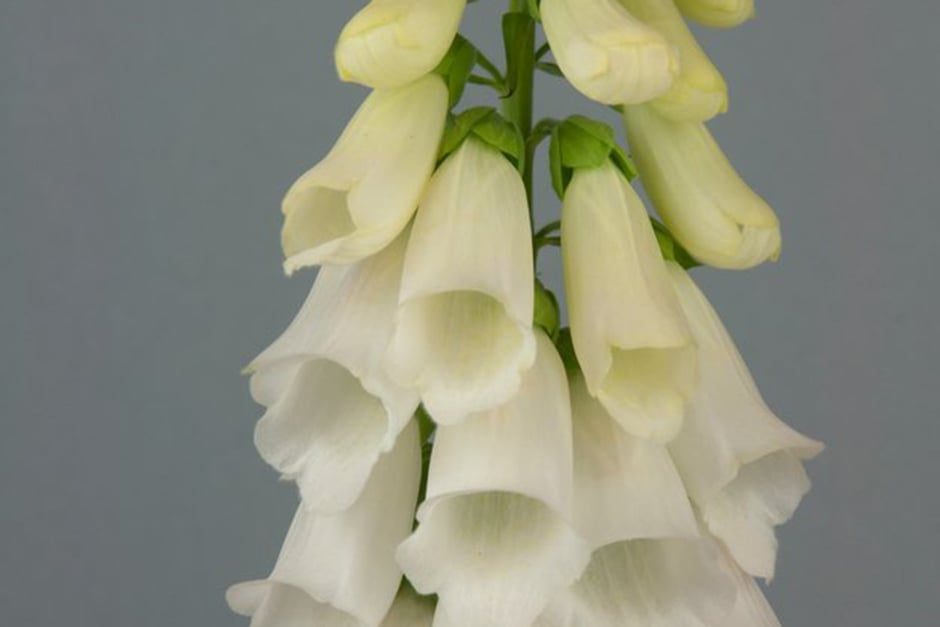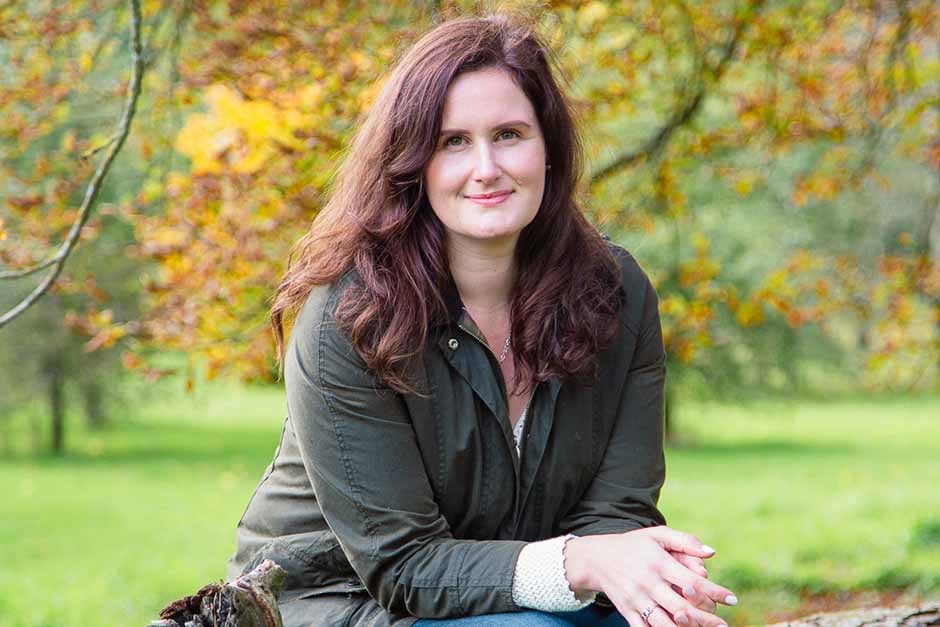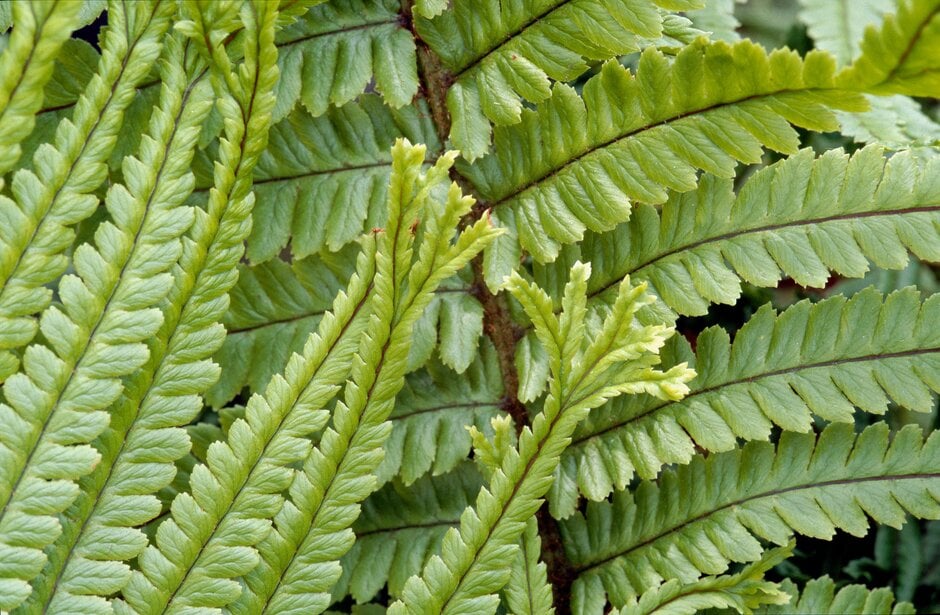The Bridgerton Garden
Sanctuary Gardens






The Bridgerton Garden is a secretive and secluded space, based on Penelope Featherington, a wallflower-like character from Netflix and Shondaland’s upcoming series of Bridgerton.
Designed to reflect Penelope’s personal journey, the garden’s initial focus is a moongate which leads to an ornate water feature and sunken seating area in the heart of the garden.
A shaded space down one half of the garden alludes to themes of mystery, turmoil and defiance; layers of groundcover, ferns and ivy are intended to represent a woven network of secrets. In contrast, the other half of the garden graduates to a brighter palette of sophisticated colours. This ‘full bloom’ effect is symbolic of Penelope’s embracing of her true self and coming into the light.
A curving path culminates at the back of the garden where an inscribed sculptural monolith symbolises change. The return journey guides past an armillary sphere and through brighter planting back to the moongate.
At a glance:
Who is this garden for?
A private personal garden.
Where is the garden set?
It is a small corner of a much larger, more open country garden. Woodland exists further beyond the hedge line.
Who or what is the design inspiration?
The central character of Bridgerton season 3, Penelope Featherington, and her journey from being a wallflower to embracing her true self and stepping into the light.
The planting reflects feelings of secrecy, growth and desire. A ring of field elms, Ulmus minor var. suberosa, offers secrecy and enclosure around the seating area, while clipped spirals mix formality with more whimsical planting.
The moongate can be seen as a portal into that person’s personal journey – and the ensuing garden shows the remarkable and personal transformative power of growth.
Key sustainability points:
- The use of drystone walling significantly reduces the amount of cement and mortar required in the garden.
- The water feature, stone plinth, boulders and sunken drystone wall are built with salvaged materials and reclaimed items.
- Drystone walls provide important habitats for many plants and animals, particularly for lichens, mosses, ferns, and a number of invertebrates.
- Where cement is required, eco-crete is used for footings and where possible, cem-free cement.
All Show Gardens



Balcony Gardens
The Discover More Garden sponsored by Viking
The Discover More Garden sponsored by Viking


Balcony Gardens
The Discover More Garden sponsored by Viking
The Discover More Garden sponsored by VikingGet involved
The Royal Horticultural Society is the UK’s leading gardening charity. We aim to enrich everyone’s life through plants, and make the UK a greener and more beautiful place.




